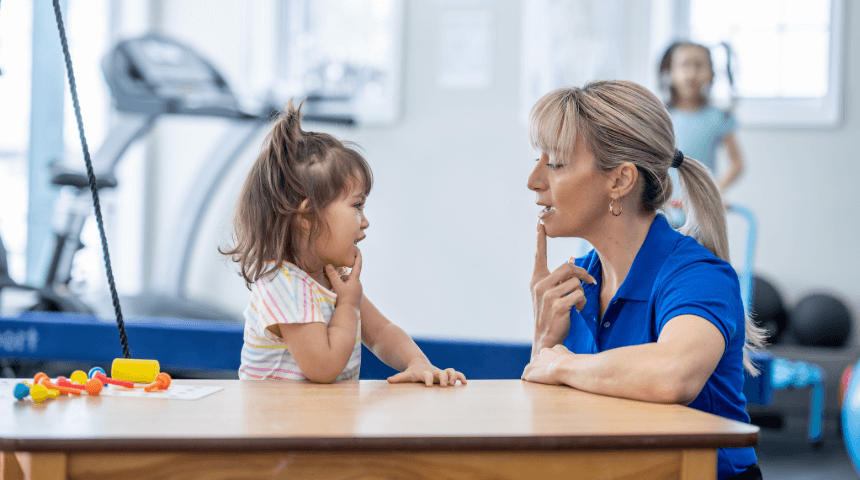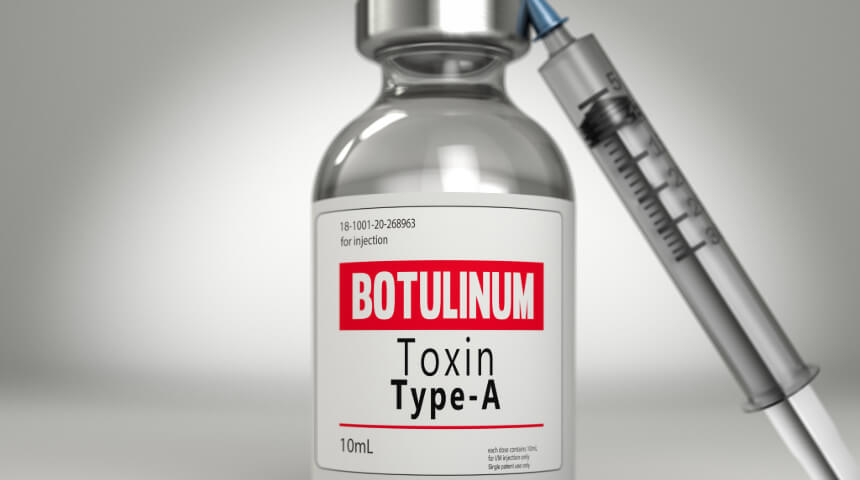Get Outside and Play — Just Be Careful
Your kids likely have spent much of this past year camped in front of computer screens for virtual school, video chats and games — and not enough time running around in the great outdoors. But now that Florida’s weather has turned more pleasant, you may have more opportunities to prod them off the couch and back outside where exercise, sports and friends await. But has all that time inside left them vulnerable to injury? Even if your kids haven’t been doing the virtual school thing — and have remained active in recess, gym and sports — there are things you can do or encourage to reduce their risk of pulled muscles, twisted ankles and broken bones.
You may not realize it, but these types of injuries are common among young people. Every year, emergency departments treat more than 2.6 million patients under the age of 20 for sports- and recreation-related injuries. There are numerous chronic, self-limiting conditions that can hamper children when they are going through growth spurts. Be watchful for symptoms such as fever, limping without obvious injury, night aches or pain that disrupts your child’s sleep. Many of these conditions can be managed in a conventional way. However, if your child is experiencing any of these, a precautionary visit to the doctor could be warranted.
Vitamin D Plays a Role
Another downside of having so many sports and outside activities canceled or reduced because of pandemic-related restrictions is that children may have lower serum levels of vitamin D. This, by itself, may make them more prone to bone injuries and pain. We are increasingly learning that vitamin D deficiency is a global health problem. One recent study found that among children who suffered fractures, 34 percent were deficient in this key nutrient. Also notable is that kids with non-Caucasian skin types have a higher risk of deficiency. Lower levels also may be related to increased use of sunscreen. There is a bit of good news, however. This is an easy problem to fix — supplements were able to correct the deficiency in 74 percent of children.
If this is an area of concern for you, discuss nutrition and supplements with your pediatrician. And whenever possible, get your kids back out playing in the sun for their health and well-being.
Reducing Injuries
A range of preventive measures can help your kids avoid sports or recreation injuries. Children coming off a lengthy layoff — because of quarantine or a break between seasons — should ease back into their sport or exercise program. They should be monitored and guided back to previous activity levels. Other behaviors to encourage include:
-
Stretching before or after any training or competitive activities
-
Following age-related guidelines for activities such as pitching counts in baseball
-
Allowing rest between major training sessions, to give muscles time to recover
-
After an injury, allowing time for proper healing, followed by a rehabilitation or physical therapy program
Remember, kids need to properly warm up and stretch — just as adults do — to prevent injuries. This gets the muscles ready for vigorous activities and may help prevent strains or sprains. It also prepares the body prior to physical activities and enhances performance by increasing blood flow and flexibility.
Dangers of Sedentary Behavior
It’s certainly true that vigorous exercise and sports can put your child in a position to be hurt. But we also know that lack of any physical activity can lead to more serious long-term health problems such as chronic musculoskeletal pain, obesity and diabetes. Given those tradeoffs, parents should encourage kids to live and enjoy a physically active life, especially outdoors when possible.
Are You Interested in Learning More?
Sign up for our e-newsletter for more tips and best practices from pediatricians.
Sign Up Here











